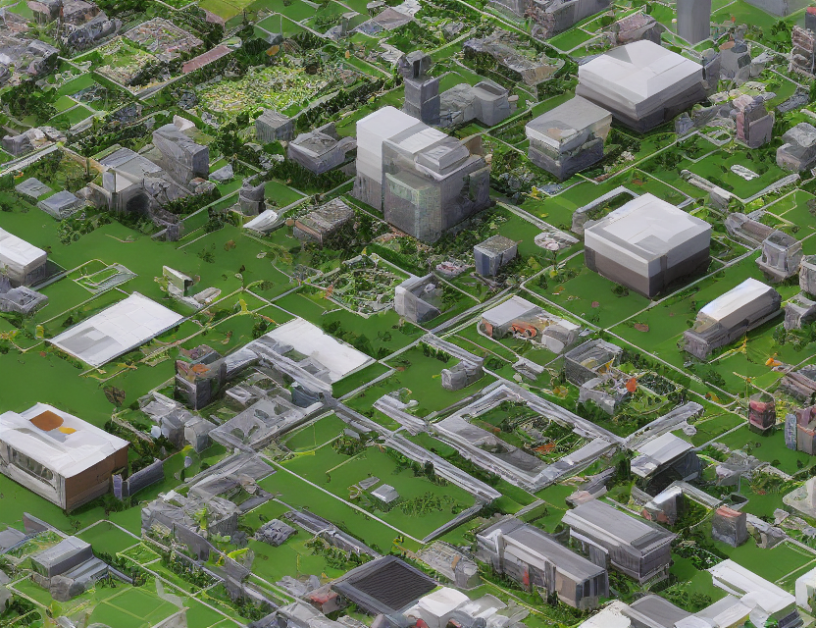In this article, we explore the challenges of designing and building swarm systems using ROS 2, a widely-used robot operating system. Swarm systems are complex networks of robots that work together to accomplish tasks, such as search and rescue missions or environmental monitoring. The key issues addressed in the article are how to create swarm systems that can operate effectively in various environments, including large open spaces where robots can move at high speeds, while ensuring the agents (robots) within the system receive constant human attention.
The authors propose a solution by breaking down the problem into smaller parts, focusing on each agent’s composition and communication within the swarm. They explain that each agent will have many nodes, parameters, topics, services, and actions, leading to different compositions based on the type of robot and its payload. The article highlights the limitations of existing approaches, such as using socket bridges to improve communication between agents, which can add complexity to the system and reduce performance.
To address these challenges, the authors propose a simpler and more efficient solution based on the notion of "notion-based composition." This approach allows agents to communicate directly with each other without relying on socket bridges, resulting in a more streamlined and performant system. The article concludes by emphasizing the importance of constant human attention in swarm systems, highlighting the need for further research to overcome the remaining open issues in this area.
Overall, this article provides valuable insights into the complexities of designing and building swarm systems using ROS 2, with a focus on simplifying complex concepts through engaging analogies and everyday language. By understanding these challenges, engineers can develop more effective and efficient swarm systems for various applications.
Computer Science, Multiagent Systems
Multi-Agent System and Heterogeneous Agents: A Comprehensive Review



